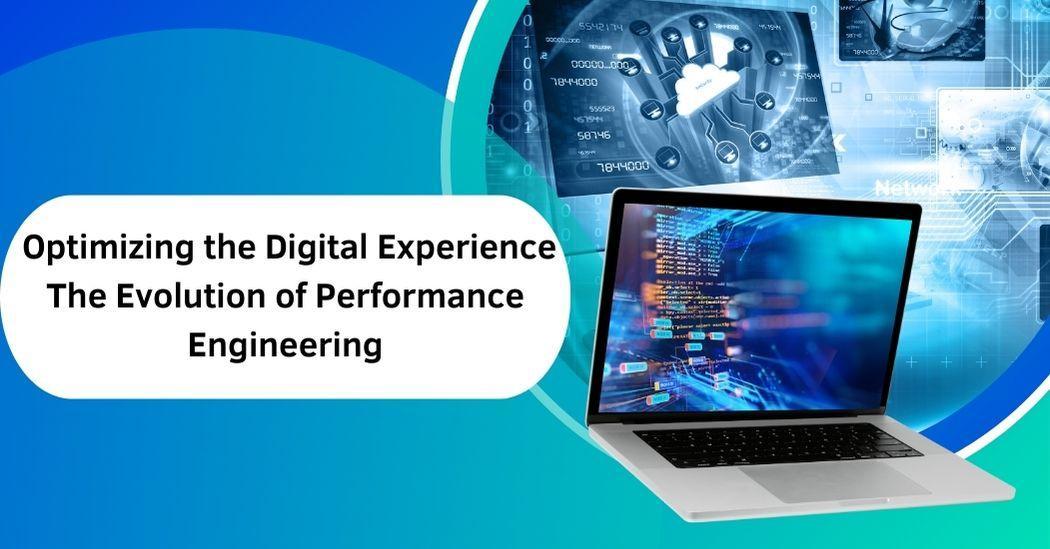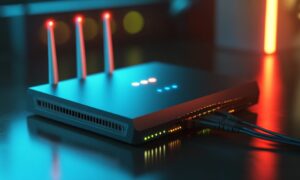In the age of innovation, only those who master performance engineering can truly harness the potential of modern computing. Performance engineering has undergone a remarkable transformation, adapting to the ever-changing landscape of computing. Sayanna Chandula, along with co-author Jyothi Prakash Reddy, presents a detailed exploration of this evolution, tracing its journey from desktop computing to modern wearable technologies. Their insights shed light on the challenges and innovations that have shaped system optimization across various device types.”
From Desktops to Dynamic Performance Optimization
Early desktop computing laid the foundation for performance engineering, focusing on processing efficiency within hardware constraints. Challenges like memory management, disk I/O, and thermal regulation drove innovations in caching and cooling. As applications grew more complex, optimizing resource allocation and real-time processing became essential for smooth user experiences. This shift led to dynamic performance optimization, enabling systems to adapt to varying workloads while maintaining efficiency and responsiveness. Modern advancements leverage AI and automation to enhance real-time tuning, ensuring optimal performance across diverse computing environments. The evolution from static to dynamic optimization continues to redefine efficiency in modern computing.
Balancing Power and Performance in Laptops
The shift to laptop computing brought challenges in balancing power efficiency and performance. Optimizing battery life led to innovations like dynamic frequency scaling and adaptive performance scaling. Limited space for heat dissipation drove advancements in thermal management, including heat pipes and intelligent fan control. Engineers refined these techniques to ensure high performance without excessive power consumption. Modern laptops now integrate smart power management and cooling systems, allowing users to experience both efficiency and speed. These innovations continue to evolve, shaping the future of portable computing with improved performance and sustainability.
Smartphones: Redefining Efficiency in Compact Devices
Smartphone technology pushed performance engineering into new territory, where compact form factors demanded superior integration of hardware and software. Power management strategies evolved to sustain high-speed processing without excessive energy consumption. Optimizing application performance and network connectivity became crucial, requiring sophisticated background process management and wireless protocol efficiency. The emergence of system-on-a-chip (SoC) designs played a pivotal role in enhancing smartphone capabilities.
Wearable Technology: Performance at the Micro Scale
Wearable devices represent the latest frontier in performance engineering, with ultra-low-power design techniques becoming a necessity. Energy efficiency in sensor operations, wireless communication optimization, and battery life management are critical to ensuring reliable functionality. Real-time processing and AI-driven predictive analytics enable wearables to deliver enhanced user experiences without compromising power consumption. These advancements highlight the growing importance of specialized performance engineering methodologies in next-generation computing.
Hardware-Software Integration: A Critical Symbiosis
Hardware-software integration is vital for modern performance engineering. Optimizing System-on-Chip (SoC) designs, enhancing driver efficiency, and refining OS interactions are key to maintaining system performance. With software applications demanding more resources, intelligent scheduling and real-time monitoring play a crucial role in maximizing efficiency. Seamless coordination between hardware and software ensures optimal resource allocation, reducing bottlenecks and improving responsiveness. This symbiotic relationship is essential for sustaining high-performance computing, enabling advanced applications to operate efficiently across diverse system architectures.
Advancements in AI and Connectivity
The rise of artificial intelligence has introduced new dimensions to performance engineering, particularly in on-device AI processing and machine learning model efficiency. Neural processing units (NPUs) are being leveraged to accelerate AI workloads, requiring novel optimization strategies. Similarly, next-generation connectivity solutions such as 5G demand advanced network resource management and low-latency communication frameworks to maintain consistent performance across devices.
Future Trends in Performance Engineering
As computing systems continue to evolve, performance engineering will play an increasingly crucial role in shaping the future of technology. Extended reality (XR) applications, real-time rendering optimization, and sensor fusion technologies are set to drive the next phase of innovation. A balanced approach that considers both user expectations and technological sustainability will be vital for the continued advancement of digital experiences.
In conclusion, Sayanna Chandula’s research highlights the transformative impact of performance engineering across different device categories. By addressing power efficiency, system reliability, and resource management, the field continues to push the boundaries of what is possible in computing. With ongoing innovations, performance engineering remains at the heart of delivering seamless and efficient digital experiences.





























